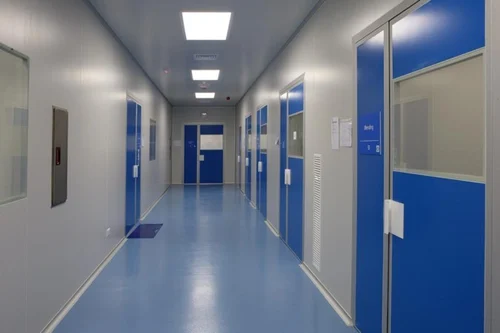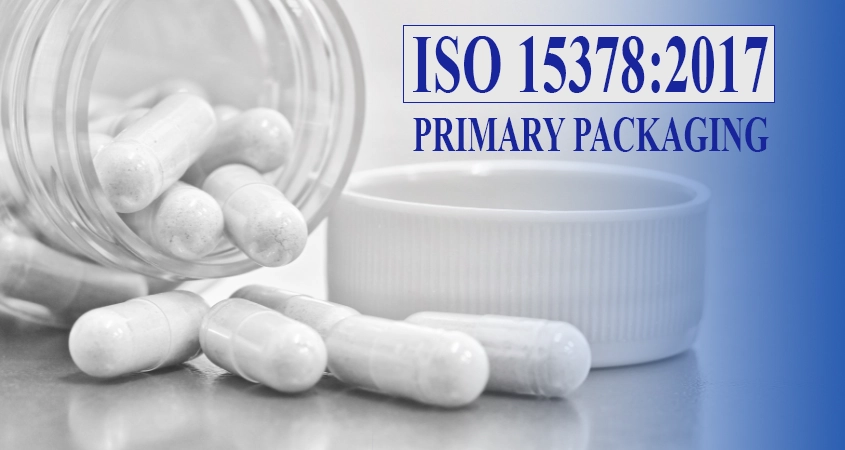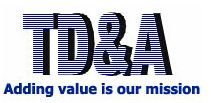
1. What is ISO 15378?
In the pharmaceutical industry, ensuring the quality and safety of packaging that comes into direct contact with products is critically important. ISO 15378 was developed to meet this need while helping businesses comply with related legal requirements.
History: ISO 15378 was issued by the International Organization for Standardization (ISO), managed by the ISO Technical Committee ISO/TC 76 (Packaging materials for pharmaceuticals).
The ISO 15378:2017 standard is titled: “Primary packaging materials for medicinal products – Particular requirements for the application of ISO 9001:2015, with reference to Good Manufacturing Practice (GMP).”
Thus, ISO 15378 is built upon the foundation of ISO 9001:2015, meaning ISO 15378:2017 acknowledges all the requirements of ISO 9001:2015 (with some additional clarifications or stricter requirements) and adds further GMP-related requirements (GMP here refers to the term, not the WHO GMP or ASIAN GMP standards) for the corresponding clauses.
For example, in ISO 9001 clause 6.1 on actions to address risks and opportunities:
- 6.1.1 covers identifying the risks and opportunities to be addressed,
- 6.1.2 covers the actions to address these risks and opportunities.
In contrast, ISO 15378:2017 adds clause 6.1.3 regarding risk management, which minimally requires processes and activities such as change control, sanitation, complaint handling, contamination control, etc.
2. Versions of the ISO 15378 standard:
- ISO 13485: 2006 – 1st edition: 2006/03
- ISO 13485: 2011 – 2nd edition: 2011/11
- ISO 13485: 2015 – 3rd edition: 2015/10
- ISO 13485: 2017 – 4th edition: 2017/09
(Note: It seems the original text listed ISO 13485 versions, which might be a typo for ISO 15378 versions.)
3. Legal requirements related to ISO 15378:
On December 31, 2012, the Ministry of Health issued Circular No. 14/2012/BYT regulating principles and standards for “Good Manufacturing Practices for pharmaceutical packaging.”
Article 9 stipulates that from April 1, 2013, all pharmaceutical companies must use primary packaging materials (Level 1 packaging) that cannot be cleaned before use, such as aluminum foil, PVC film, etc. From January 1, 2014, this applies to other packaging materials as well.
Note: This circular requires pharmaceutical packaging manufacturers certified with GMP-Pharmaceutical Packaging to be licensed by the Drug Administration in coordination with local health departments.
On January 12, 2016, Circular No. 02/2016/BYT was issued, supplementing Article 9 of Circular No. 14/2012/BYT, including:
Recognition that the ISO 15378 standard replaces GMP for pharmaceutical packaging according to Circular 14/2012/BYT for externally procured packaging, and ISO 9001 applies to suppliers of raw materials used in pharmaceutical packaging production. Internationally recognized certification bodies are accepted and listed in the circular, including BVC, TUV, SQS, IQnet, SGS, BSI, DQS, and GTU.
4. Applicability:
ISO 15378 is especially useful for:
- Manufacturers of packaging materials that directly contact pharmaceutical products;
- Suppliers of packaging materials for healthcare, biotechnology, and dietary supplements;
- Businesses aiming to expand international markets or participate in the global pharmaceutical supply chain.
5. Key clauses in ISO 13485:2016
- Clause 1: General Introduction
- Clause 2: Normative References
- Clause 3: Terms and Definitions
- Clause 4: Context of the Organization
- Identify internal and external issues affecting quality achievement.
- Understand stakeholder needs and expectations.
- Define the scope of the quality management system (QMS).
- Establish, maintain, and improve the QMS.
- Clause 5: Leadership
- Top management commitment to the QMS.
- Customer focus.
- Define quality policy and assign roles and responsibilities.
- Clause 6: Planning
- Risk and opportunity assessment.
- Set quality objectives and plans to achieve them.
- Plan for changes.
- Clause 7: Support
- Manage resources (personnel, infrastructure, production environment).
- Training, awareness, and competence of personnel.
- Documented information (documents and records).
- Internal and external communication.
- Clause 8: Operation
- Plan and control packaging production complying with GMP and legal requirements.
- Process control, supplier evaluation, traceability.
- Product verification, quality inspection, handling of nonconforming products.
- Control of changes and customer complaints.
- Clause 9: Performance Evaluation
- Monitoring, measurement, analysis, and evaluation.
- Customer surveys.
- Internal audits.
- Management review.
- Clause 10: Improvement
- Handling of nonconforming products.
- Corrective and preventive actions.
- Continual improvement of the QMS.
6. Notes on Facility Construction

- Overall facility design
Separate movement flows: segregate raw materials, finished products, and personnel flows to avoid cross-contamination.
Arrange layout according to production process: from raw material input → processing → packaging → storage, avoiding loops or crossovers.
Walls, ceilings, floors: easy to clean, dust-resistant, waterproof, and without gaps.
Rounded corners: interior corners should be rounded to facilitate cleaning and prevent microbial buildup. - Environmental control
Air filtration (HEPA): where cleanroom conditions are needed, install HEPA filters meeting relevant standards (e.g., ISO Class 8 or better depending on product type).
Positive air pressure: to prevent contaminated external air from entering.
Temperature and humidity control: appropriate for packaging material types to avoid deformation or static buildup.
Periodic monitoring: equipment to measure temperature, humidity, dust, microbial load, with regular recording. - Doors and partitions
Doors should be sealed, self-closing, or equipped with dust prevention mechanisms.
Partitions between clean and non-clean areas: airlocks or buffer rooms are required.
Avoid prolonged door opening to maintain clean environment and prevent dust ingress. - Cleaning and maintenance
Scheduled cleaning for each area (walls, ceilings, floors, equipment).
Dedicated cleaning tools per area to avoid cross-contamination.
Regular maintenance of equipment and HVAC systems with full records. - Pest and foreign object control
Install insect screens at ventilation points and windows.
Prevent rusting or easily shed materials and minimize foreign objects in production areas.
Use UV lamps or insect traps in high-risk areas. - Auxiliary areas
Clean changing rooms: divided into 2–3 zones (dirty → intermediate → clean) with suitable garments.
Sanitary facilities must not open directly into production areas.
Raw material and finished product storage: clean, clearly categorized, with racks resistant to moisture and pests. - Inspection and packaging area
Should be separately designed from production to avoid mix-ups and control labeling and documentation.
Clear indicators for pass/fail inspection areas. - Records and documentation
Facility drawings showing movement flow and controlled areas.
Logs of cleaning, maintenance, calibration, and incident reports (if any).
Demonstrate compliance via periodic environmental monitoring reports.
7. Benefits of Implementing ISO 15378
- Compliance with laws and GMP requirements
Meets mandatory Ministry of Health regulations (e.g., Circulars 14/2012/TT-BYT, 02/2016/TT-BYT).
Integrates GMP into the quality management system (QMS).
Reduces legal risks related to packaging in direct contact with pharmaceuticals. - Improved pharmaceutical packaging quality
Enhances safety, cleanliness, sterility, and compliance with pharmaceutical standards.
Ensures drug integrity (minimizes contamination, maintains active ingredient stability).
Controls raw materials, production processes, and final products effectively. - Global acceptance
ISO 15378 is an international standard facilitating global market access.
Accepted as an alternative to packaging GMP in many countries (per WHO, EU, ASEAN...).
Increases opportunities to cooperate with large domestic and international pharmaceutical companies. - Continuous improvement and risk reduction
Applies risk management consistent with ISO 9001:2015 thinking.
Identifies and controls contamination, cross-contamination, and production errors.
Improves processes, saves production costs, and reduces product defects. - Enhanced staff competence and quality culture
Trains employees on GMP and quality management.
Creates a systematic work environment with clear responsibilities.
Improves internal communication and collaboration. - Increased reputation and competitiveness
ISO 15378 certification is highly valued by customers and partners.
Provides advantages in bidding and OEM/ODM contracts with pharmaceutical companies.
Builds trust from regulatory agencies and investors. - Cost and loss reduction
Minimizes defective products, recalls, and complaints.
Cuts re-inspection or disposal costs of nonconforming products.
Optimizes production efficiency and productivity.

